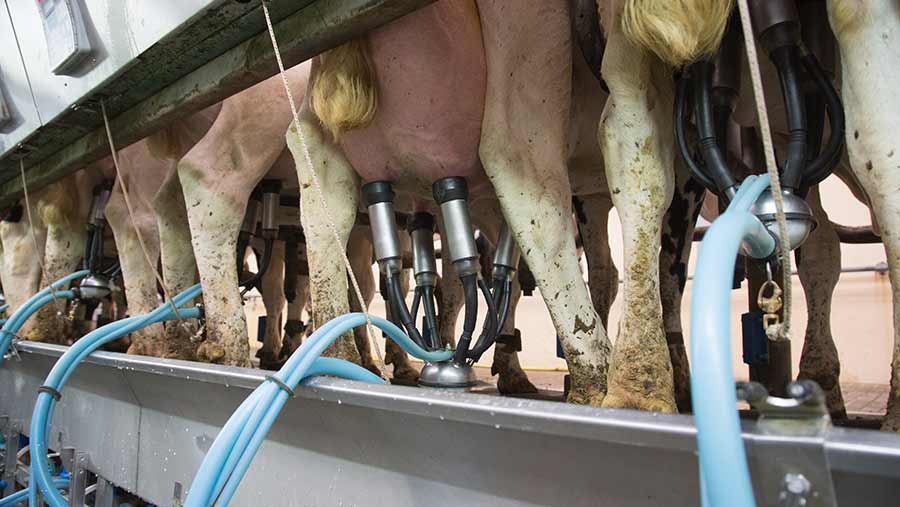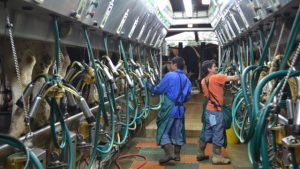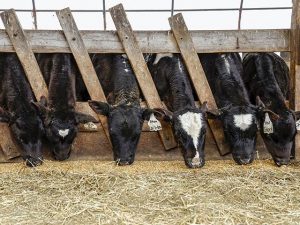
Higher dairy prices impact a variety of companies at multiple points in the food supply chain. Grocers could see higher selling prices for a key driver of foot traffic. Food manufacturers of products from confectionery to yogurt may be forced to raise prices, and even restaurants with large coffee offerings may need to do likewise.
Futures contracts for class III milk, which is used for making most types of cheese, have rallied nearly 10% so far this year. Class IV milk, used for butter and nonfat dry milk (NFDM), is up 14%. Milk is priced according to its end use, with products grouped into four classes.
Gro’s US Food Price Index, which reflects prices on a basket of consumer food items, is up nearly 20% year over year, signaling strong inflationary pressure on basic food necessities. And the US government reported last week that the Consumer Price Index rose by 6.2% in October from a year earlier, the fastest gain in more than 30 years.
The easing of pandemic-related food service restrictions has fed US domestic demand for dairy products such as cheese and butter. Exports have also risen. Nonfat dry milk exports so far this year are up 12% from a year earlier, with gains mainly to Mexico and Southeast Asia. And cheese exports are 9% higher.
On the supply side, an increase in US milk production that started over a year ago has slowed. Milk production in September totaled 18.1 billion pounds, up just 0.2% from a year earlier, the slowest growth pace since mid-2019. The USDA has forecast a continuing slide in milk production growth through the end of 2021.
The US dairy herd also has shrunk, with milk cow numbers in September of 9.4 million, down 85,000 from an all-time peak in May. The drought that has plagued the western US has taken cows away from pasture and driven up feed costs, mainly for corn and hay. That has cut into returns for dairy producers, who have thinned herds, and prompted changes in the mix of feed rations, resulting in lower milk production because of reduced nutrition levels.
Milk is produced in all 50 US states, with the highest producing states in western and northern areas of the country. California, the biggest producer with over 41 billion pounds of milk production per year, has suffered some of the country’s worst effects from this year’s drought.























